Have you ever wondered if the type of wood really matters when choosing furniture? I remember asking myself that same question the first time I looked at dining tables.
The truth is, your decision shapes how long a piece lasts, how much care it needs, and how it fits in your home.
In this guide, I’ll share the most reliable types of wood for furniture and what makes each one worth considering.
You’ll learn about their look, strength, cost, and the kinds of pieces they’re best for. By the end, you’ll feel ready to choose wood that matches your budget, style, and everyday life.
Basics of Hardwood and Softwood
Before we break down the differences between hardwood and softwood, it helps to understand the basics.
Knowing what makes each type of wood furniture special can help you make better choices, no matter if you’re building something, picking furniture, or just curious.
Hardwoods originate from deciduous trees that shed their leaves annually. They are usually denser and stronger, which makes them better for furniture that gets heavy daily use, such as dining tables, chairs, and cabinets.
Softwoods, on the other hand, come from evergreen trees that keep their needles year-round. They are often lighter, easier to cut and shape, and more affordable, which makes them a common choice for frames, shelving, and casual furniture.
While hardwoods often rank higher, many softwoods can still perform well if chosen carefully. The real key is matching the type of wood to the function of the furniture.
Here’s a simple breakdown to help you see the differences at a glance:
| Feature | Hardwood | Softwood |
|---|---|---|
| Tree type | Deciduous (sheds leaves each year) | Evergreen (keep needles year-round) |
| Density & strength | Usually denser, harder, and long-lasting | Lighter, easier to shape and cut |
| Common uses | Dining tables, chairs, and cabinets | Frames, shelves, rustic furniture |
| Cost range | Often higher | More budget-friendly |
| Durability measure | Janka scale shows dent resistance | Lower ratings but still reliable |
Types of Wood for Furniture
Furniture can be crafted from various types of wood, each with its unique appearance, durability, and price point.
Some are best for heavy-use pieces, while others are better for decorative or budget-friendly projects. Let’s go through the most reliable options and see what makes each one a practical choice:
1. Oak (Red and White)
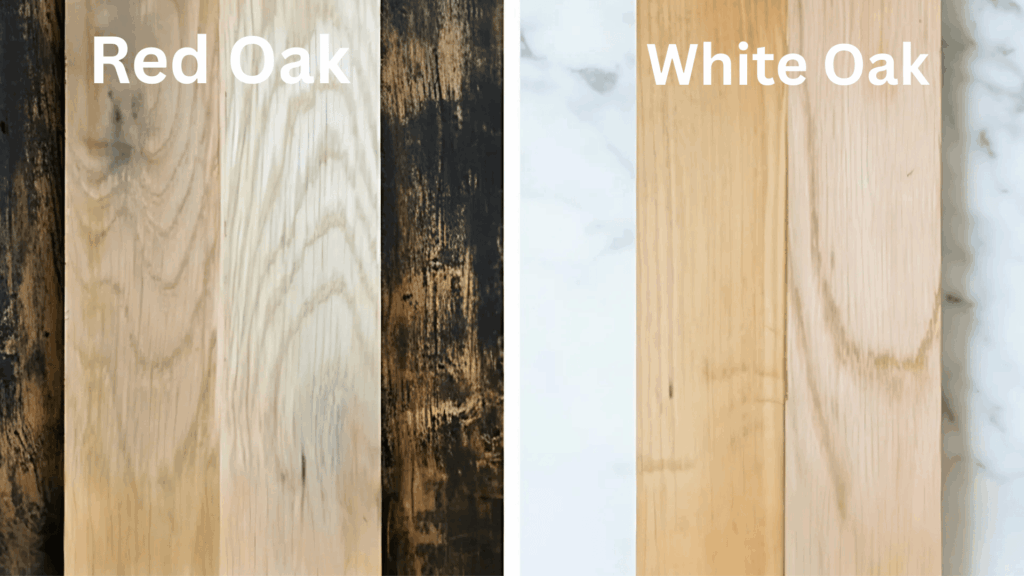
Oak has been trusted for generations. Red oak features warm, reddish tones with bold grain, while white oak is lighter and more resistant to moisture.
Its strength, durability, and wide availability make it a go-to for solid furniture and flooring. It’s easy to stain and works well with many design styles.
| Pros | Cons |
|---|---|
| Very durable and dense | Heavy and harder to cut |
| Easy to stain for various finishes | Can crack if not sealed properly |
| Readily available in most regions | May appear grainy in fine finishes |
Best Use: Dining tables, cabinets, chairs, and flooring
Price Range: Mid-range, approximately $2,390 to $3,700 for common furniture pieces like dining tables and chairs.
2. Maple (Hard and Soft)
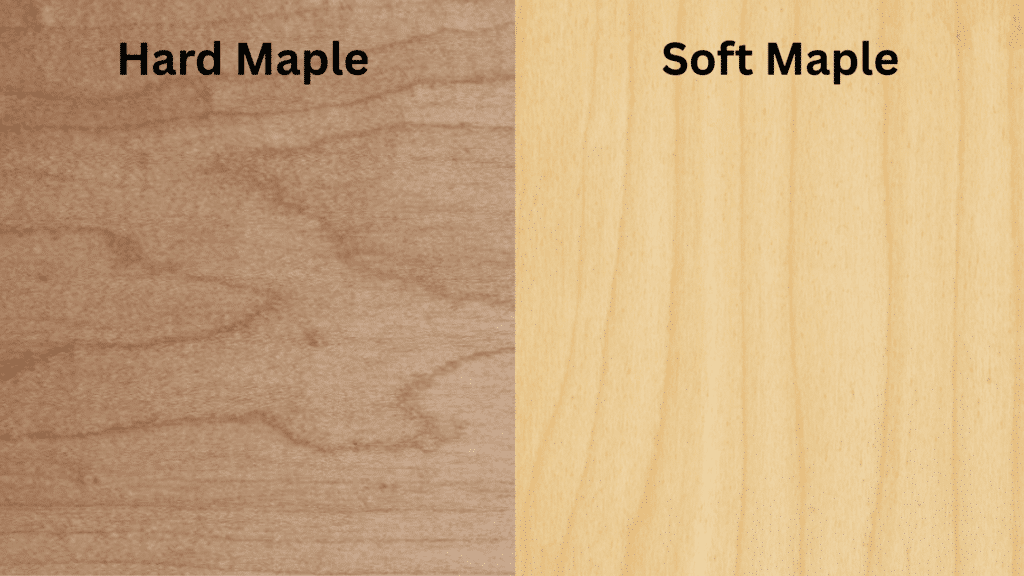
Maple is known for its fine, smooth grain and strength. It ranges from creamy white to light reddish-brown.
Hard maple is dense and ideal for high-traffic furniture, while soft maple is easier to shape and perfect for painted or detailed pieces.
| Pros | Cons |
|---|---|
| Extremely strong and stable | Can burn easily during cutting |
| Smooth surface for paint or stain | Stains unevenly if not prepped right |
| Affordable alternative to walnut or cherry | May yellow slightly with age |
Best Use: Kitchen tables, dressers, cabinets, flooring
Price Range: Budget to mid-range, ranging roughly from $800 to $12,450 depending on type and furniture style.
3. Walnut
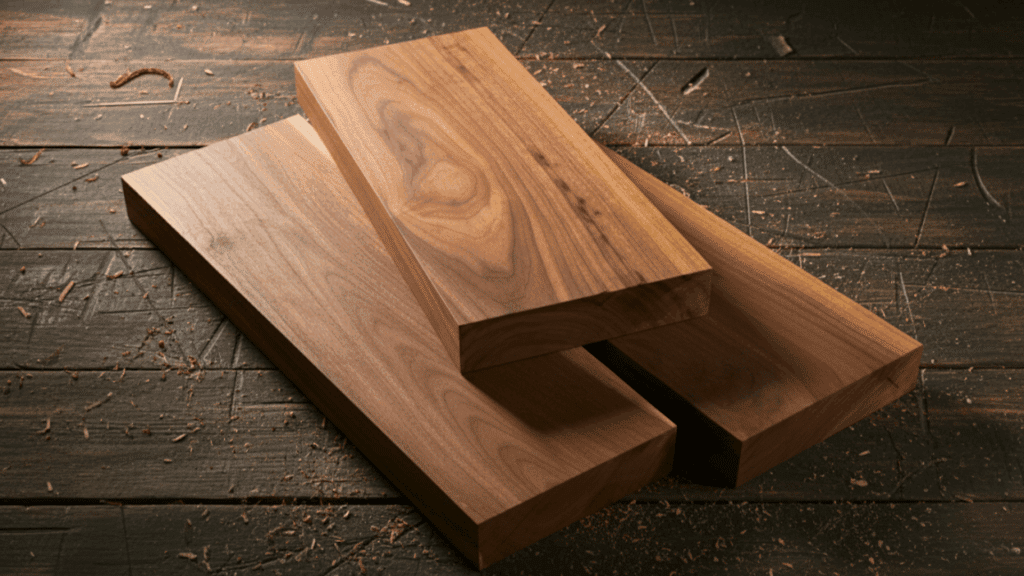
Walnut stands out for its rich brown color and fine grain, sometimes showing light sapwood streaks. It’s both strong and easy to work with, making it a favorite for high-end furniture pieces.
| Pros | Cons |
|---|---|
| Naturally rich, dark color | Expensive |
| Very stable and durable | Limited large board availability |
| Minimal finishing required | Can fade slightly with sunlight |
Best Use: Desks, dining tables, headboards, statement furniture
Price Range: High-end, ranging from approximately $340 to $4,400+, with some high-quality pieces exceeding $4,300+.
4. Cherry
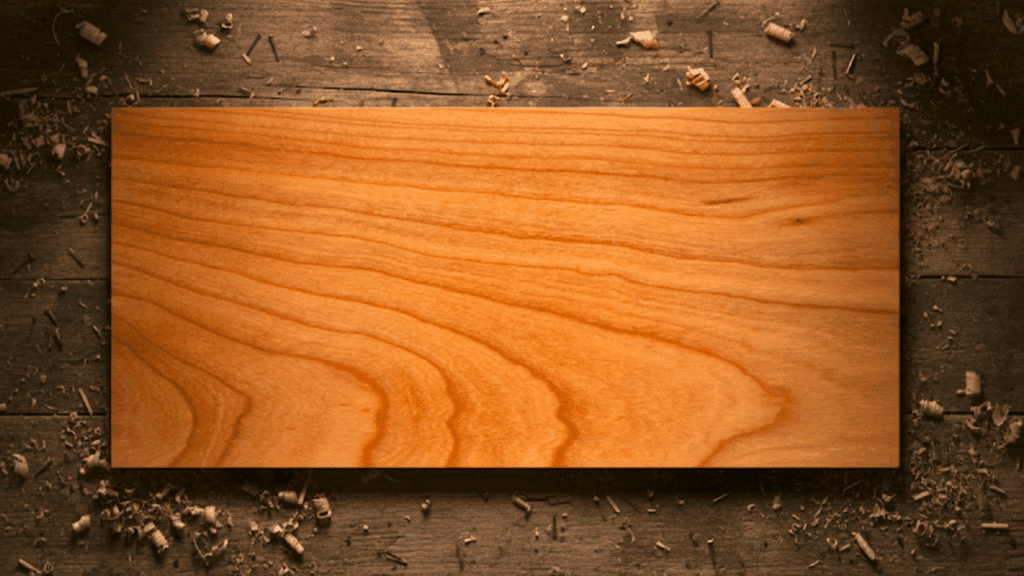
Cherry starts pinkish and matures into a deep reddish-brown with time. Its smooth, uniform texture gives furniture a warm, inviting finish. It’s easy to work with and is often used in traditional and fine furniture.
| Pros | Cons |
|---|---|
| Deepens in color beautifully over time | Sensitive to sunlight during aging |
| Smooth grain for clean finishes | Slightly softer than maple or oak |
| Easy to sand and shape | Can dent under heavy use |
Best Use: Dining sets, cabinets, bedroom furniture
Price Range: Mid- to high-range, around $620 to $3,300.
5. Ash
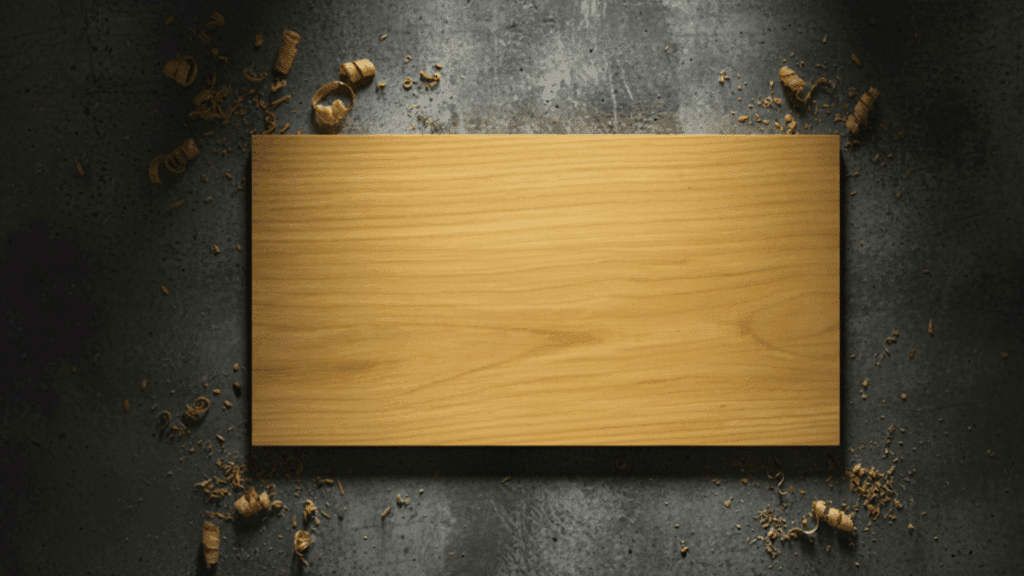
Ash is light-colored with visible grain patterns similar to oak, but it is lighter and more flexible. It’s known for being strong yet elastic, which makes it great for curved or bent parts.
| Pros | Cons |
|---|---|
| Strong but flexible | Not suitable for outdoor use |
| Takes stain evenly | Supply is declining in some areas |
| Lighter than oak, easy to handle | Grain can appear coarse |
Best Use: Chairs, bed frames, curved furniture
Price Range: Mid-range, about $670 to $3,900.
6. Hickory
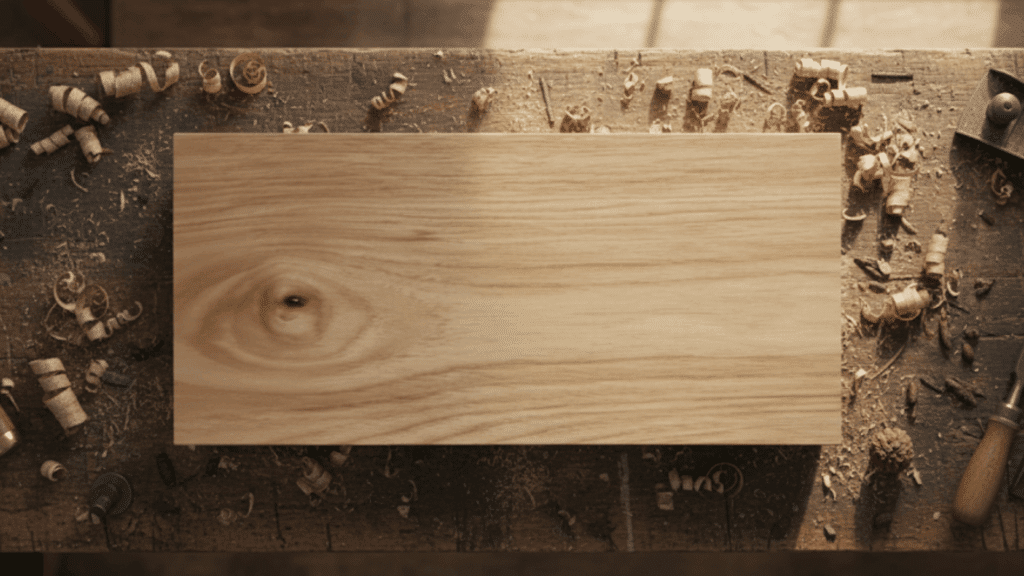
Hickory is extremely hard and durable, featuring bold color contrasts between light and dark streaks. It’s ideal for rustic designs that need strength and personality.
| Pros | Cons |
|---|---|
| One of the hardest domestic woods | Heavy and tough to cut |
| Very durable and resistant to wear | Grain may look too bold for minimal styles |
| Distinct rustic look | May warp if not dried properly |
Best Use: Rustic tables, chairs, and flooring
Price Range: Mid-range, roughly $1,340 to $6,700.
7. Birch
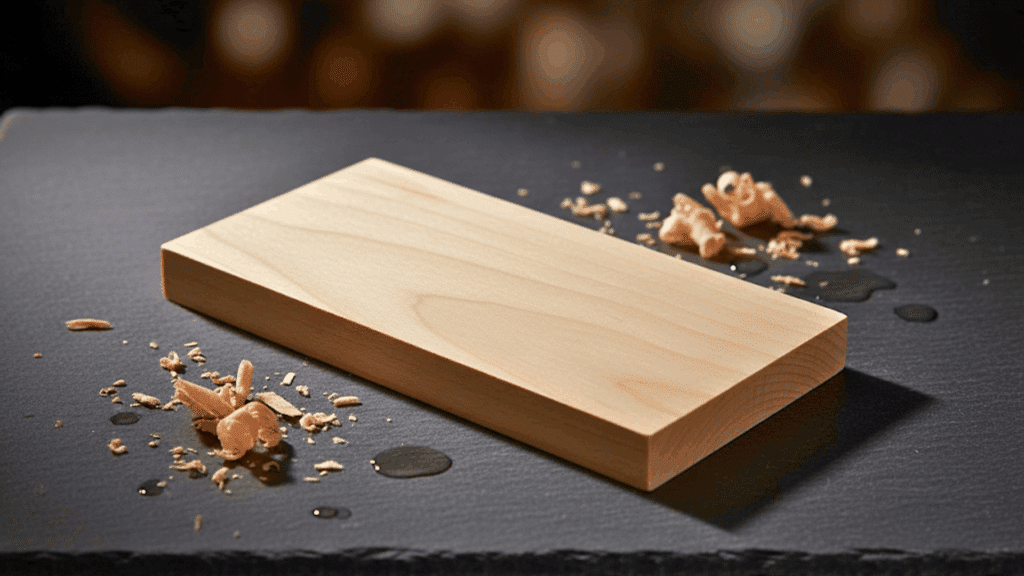
Birch is pale in color with a fine, even texture that produces a smooth finish. It’s often used in modern or Scandinavian furniture due to its clean look and versatility.
| Pros | Cons |
|---|---|
| Strong and stable | Can blotch when stained |
| Affordable and widely available | Not ideal for damp areas |
| Smooth texture for painting | May yellow over time |
Best Use: Cabinets, shelves, office furniture, kids’ furniture
Price Range: Budget to mid-range, generally $70 to $1,900 depending on the type and size of furniture pieces.
8. Poplar
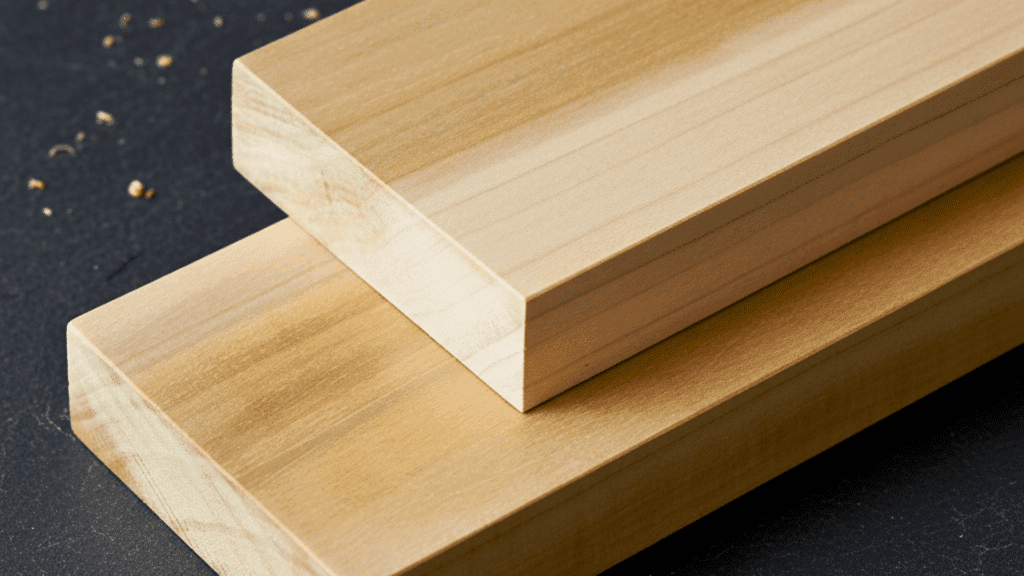
Poplar is a soft hardwood that’s lightweight and easy to work with. It’s pale with occasional green or brown streaks and takes paint exceptionally well, making it great for budget furniture projects.
| Pros | Cons |
|---|---|
| Very affordable | Dents easily |
| Easy to cut and paint | Grain not attractive for clear finishes |
| Great for interior trim or hidden parts | Not ideal for heavy-use furniture |
Best Use: Painted furniture, trim, cabinet interiors
Price Range: Budget-friendly, $2 to $6.50 per board foot, furniture pieces around $1,600 to $2,500.
9. Pine
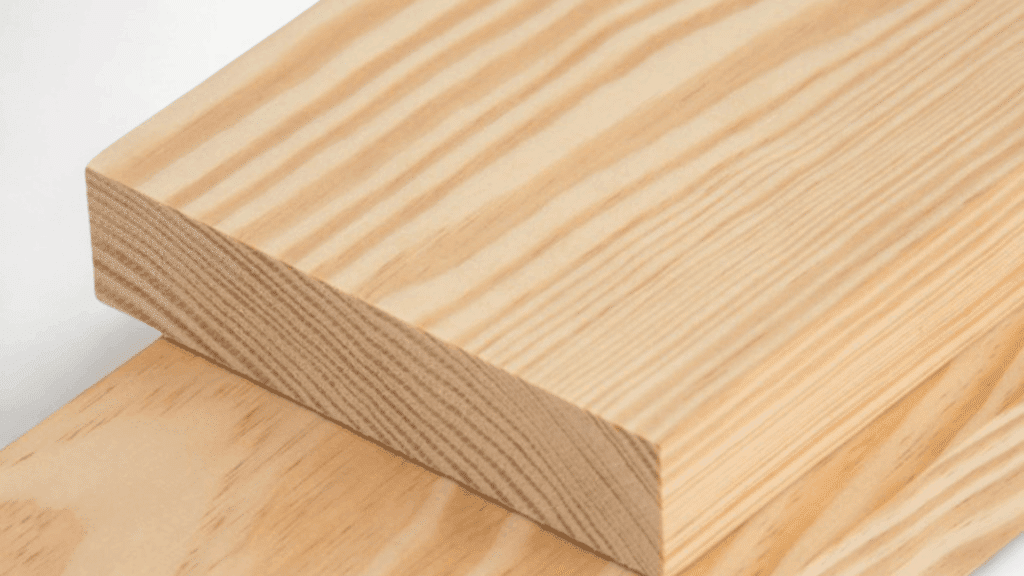
Pine is a softwood known for its pale color and knotty texture that adds a rustic charm. It’s lightweight, easy to work with, and among the most cost-effective options.
| Pros | Cons |
|---|---|
| Inexpensive and widely available | Soft and dents easily |
| Lightweight for easy building | Can yellow or darken over time |
| Natural rustic appearance | Not ideal for fine detailing |
Best Use: Farmhouse-style furniture, bookshelves, beds
Price Range: Budget-friendly, approximately $30 to $900, depending on furniture type and size.
10. Cedar
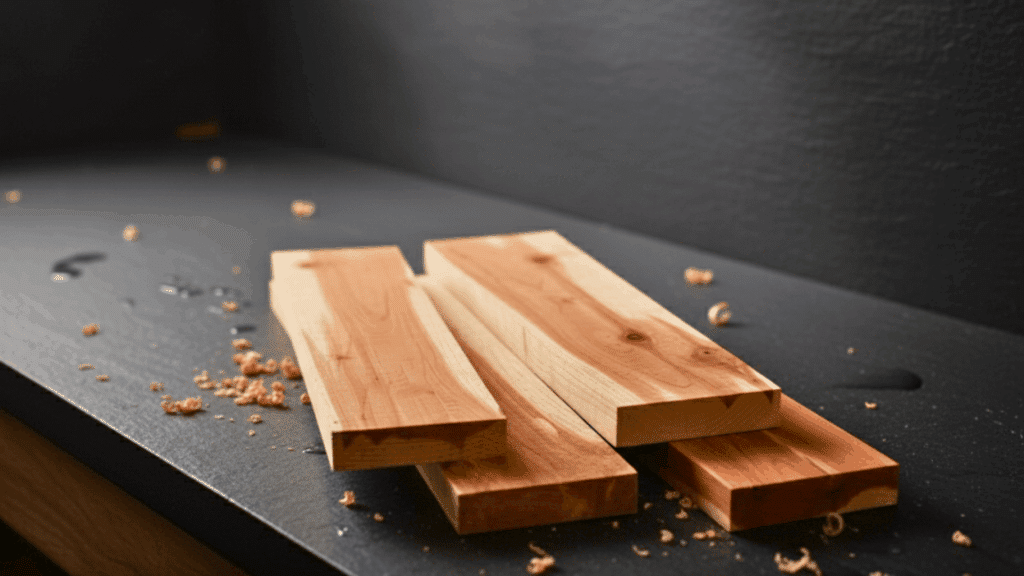
Cedar has a rich reddish tone and a natural aroma that deters insects. It’s light and resistant to decay, making it a great option for closets, chests, and outdoor pieces.
| Pros | Cons |
|---|---|
| Naturally insect-repelling | Aroma can be overpowering indoors |
| Resists rot and moisture | A soft surface can dent |
| Lightweight and easy to shape | Fades in direct sunlight |
Best Use: Storage chests, closets, outdoor furniture
Price Range: Budget to mid-range, generally $200 to $1,200 for typical pieces.
11. Alder
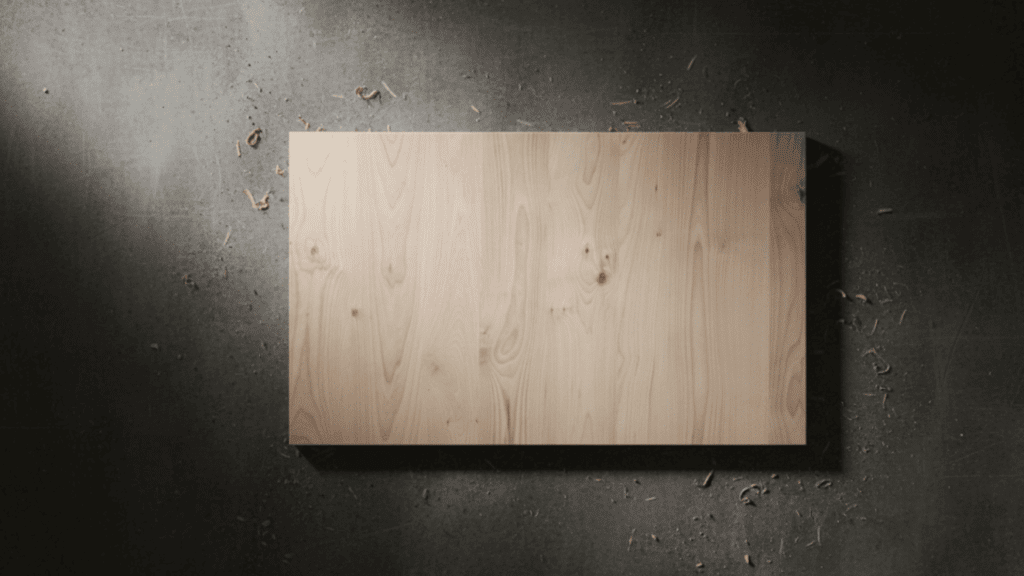
Alder is a soft hardwood with a warm brown tone and subtle knots. It stains evenly and can mimic cherry or walnut at a lower cost, making it a favorite for custom cabinetry.
| Pros | Cons |
|---|---|
| Easy to cut and shape | Softer than many hardwoods |
| Takes stain evenly | Can dent with pressure |
| Affordable and versatile | Limited weather resistance |
Best Use: Cabinets, tables, accent furniture
Price Range: Mid-range, about $450 to $2,500 depending on design and craftsmanship.
12. Teak
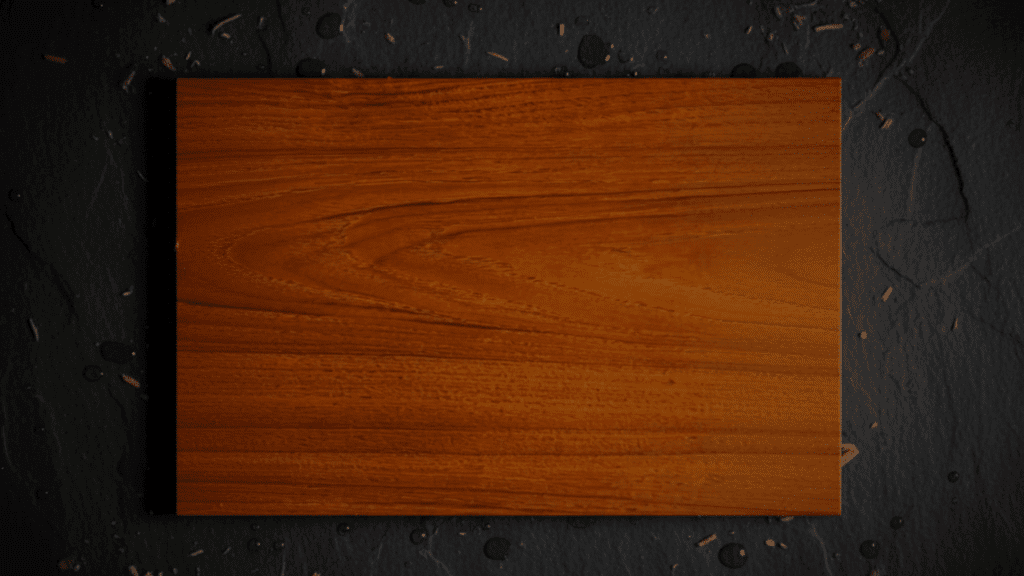
Teak is a tropical hardwood famous for its natural oils that protect it from water, decay, and pests. Its golden-brown tone weathers into a soft gray if left untreated, giving it timeless outdoor appeal.
| Pros | Cons |
|---|---|
| Extremely durable and weather-resistant | Expensive |
| Naturally insect- and water-repellent | Can darken or silver over time |
| Requires little maintenance | Heavy to move or cut |
Best Use: Outdoor furniture, benches, patio sets, boats
Price Range: High-end, generally $1,500 to $7,000+ based on size and treatment.
Build Quality Matters as Much as the Wood
Even the best wood won’t hold up if the construction is weak. The way furniture is built plays a big role in how long it will last. Solid joinery, proper drying, and thoughtful design choices can prevent issues like warping, cracking, or wobbling over time. When evaluating a piece, pay close attention to these details:
- Joinery: Look for strong connections such as dovetails or mortise-and-tenon, which add long-term stability.
- Kiln drying: Properly dried wood reduces the risk of warping or splitting.
- Thickness: Sturdy tabletops and legs provide strength and prevent sagging.
- Movement allowance: Features like breadboard ends or C-channel supports help the wood expand and contract without cracking.
Wood Finishes and Color Changes
Wood changes color as it ages; it doesn’t stay the same forever.
Cherry darkens over time, turning a deep reddish-brown, while walnut tends to lighten as it ages.
Lighter woods such as maple, birch, and poplar can sometimes absorb stain unevenly, but using a pre-stain wood conditioner helps create a smoother, more consistent finish.
When it comes to protection, oil finishes highlight the natural grain and bring out the wood’s warmth, while film finishes, like varnish or polyurethane, add a hard, protective layer that resists scratches, moisture, and daily wear.
No matter which finish you choose, the goal is to protect the wood and enhance its natural beauty over time.
Wood Sustainability and Sourcing
When buying wood furniture, it’s worth thinking about where the wood comes from and how it’s harvested.
- Certified wood: Look for labels like FSC (Forest Stewardship Council) or PEFC (Programme for the Endorsement of Forest Certification).
These certifications mean the wood comes from forests managed responsibly, where trees are replanted, wildlife is protected, and logging practices are sustainable. - Plantation-grown wood: Species like rubberwood and mango wood are great, eco-friendly choices.
These trees are usually grown for other purposes (like latex or fruit), and when they’re no longer productive, the wood is repurposed instead of wasted. - Reclaimed wood: This is wood that’s been salvaged from old buildings, barns, or furniture.
It’s a sustainable option because it gives existing materials a second life, reduces landfill waste, and adds a rustic, aged look to new pieces.
Choosing sustainable wood helps protect forests, supports responsible forestry, and gives you furniture that tells a story; one that’s good for your home and the planet.
Wood Care and Maintenance Tips
Even the most durable furniture will last longer if it’s cared for properly. Simple habits can make a big difference in keeping wood pieces looking their best.
Here are some practical steps to follow:
- Dust regularly: Use a soft, dry cloth to prevent buildup.
- Use coasters and mats: Protect the surface from stains and water rings.
- Keep furniture out of direct sunlight: Prevent fading or drying over time.
- Refresh finishes every few years: Reapply on high-use pieces like dining tables.
- Apply oil or sealant: Protect outdoor woods such as teak or cedar from weather damage.
- Check joints and screws: Tighten or adjust to keep furniture stable.
With consistent care, your furniture will stay strong, resist damage, and maintain its natural beauty for years to come.
Wrapping Up
I hope this guide gave you a clear look at the most useful types of wood for furniture and what sets them apart.
Each wood has its own strengths, from the durability of oak and walnut to the budget-friendly practicality of pine and poplar.
Teak and cedar stand out for outdoor use, while maple and cherry are trusted for everyday indoor pieces.
The goal is simple: choose wood that fits your lifestyle, budget, and the way you use each piece. When you pair the right wood with solid construction, your furniture will serve you well for years.
If you found this helpful, take a look at more posts for ideas and tips to guide your next project!














